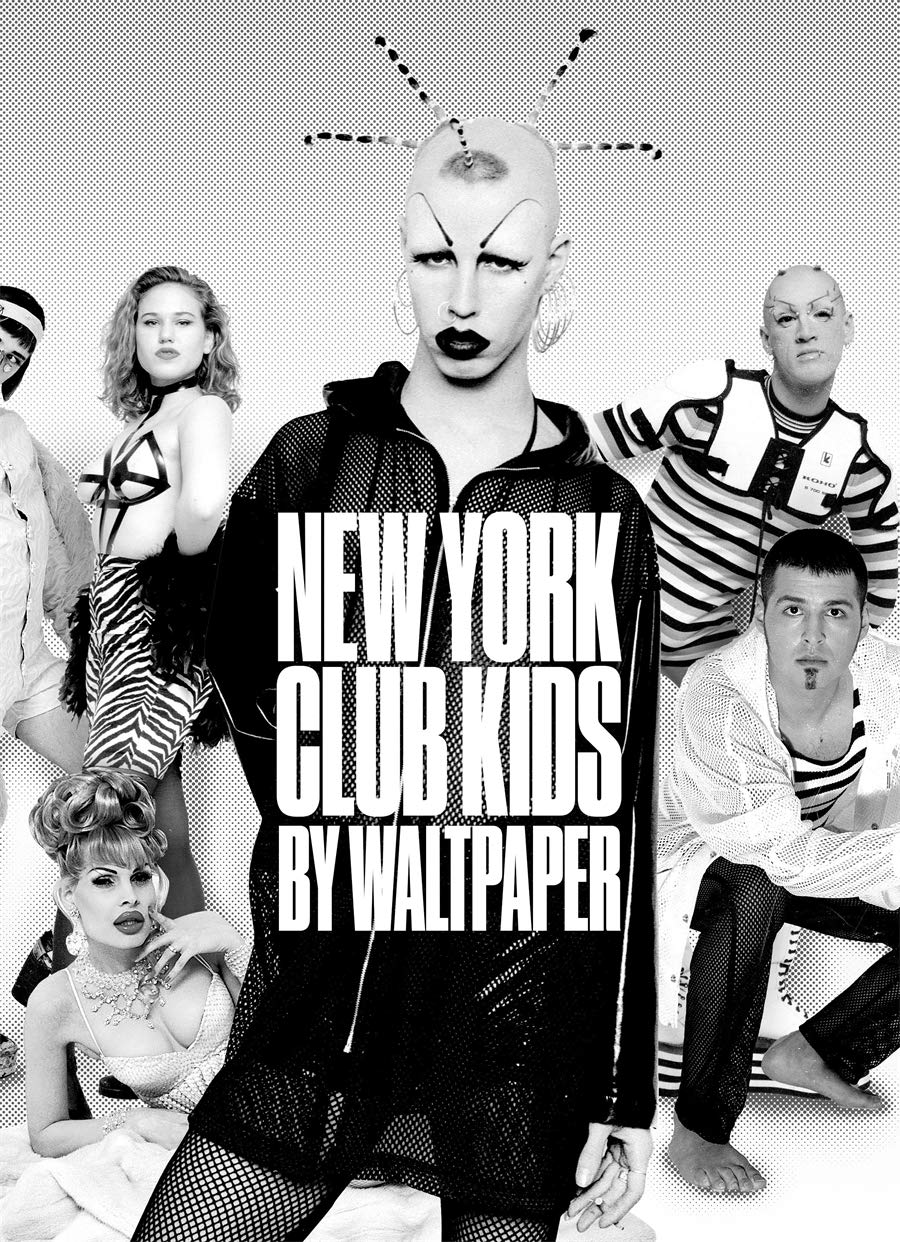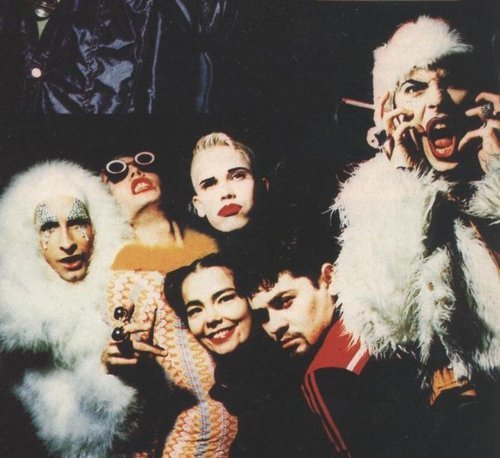From Industrial to Techno: A Musical Companion for Waltpaper's Memoir 'New York Club Kids'5/24/2020 Compiled by Parisa Eshrati The Club Kids were a group of fashion-forward artists in the 1990s that created an alternative, underground club culture in New York City. Known for their outrageous looks, legendary parties, and often illicit antics, the Club Kids were the embodiment of youth counterculture and gender revolution in the '90s. In his new memoir, New York Club Kids, prominent club kid figure Walt Cassidy, aka Waltpaper, gives exclusive insight into the lifestyle of this notorious clique. This blog is a chapter-by-chapter guide into the music mentioned in this memoir, listing all the artists that inspired the nightlife, fashion, and culture of the scene.
|
Categories
All
Blog Archives
July 2024
|



 RSS Feed
RSS Feed